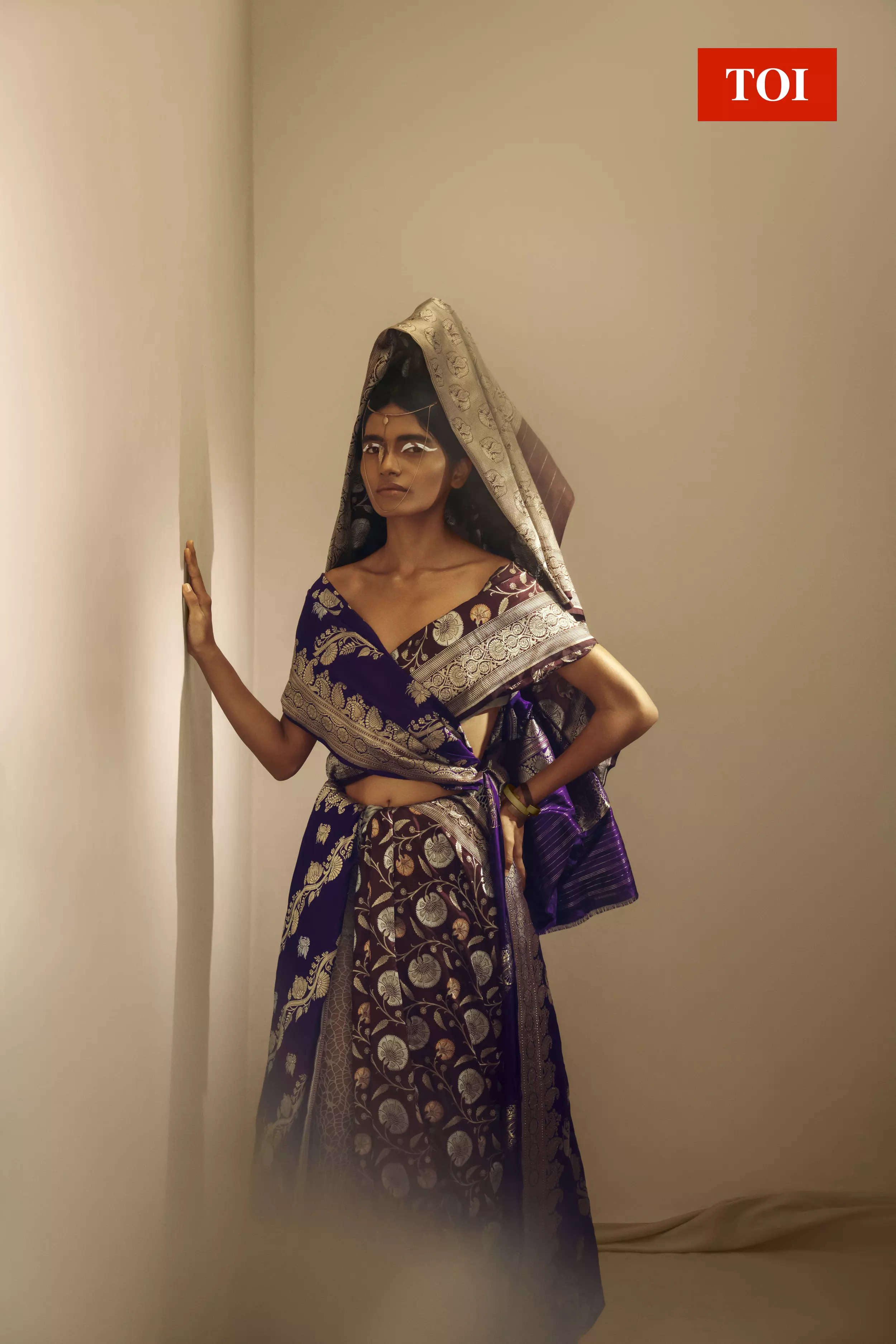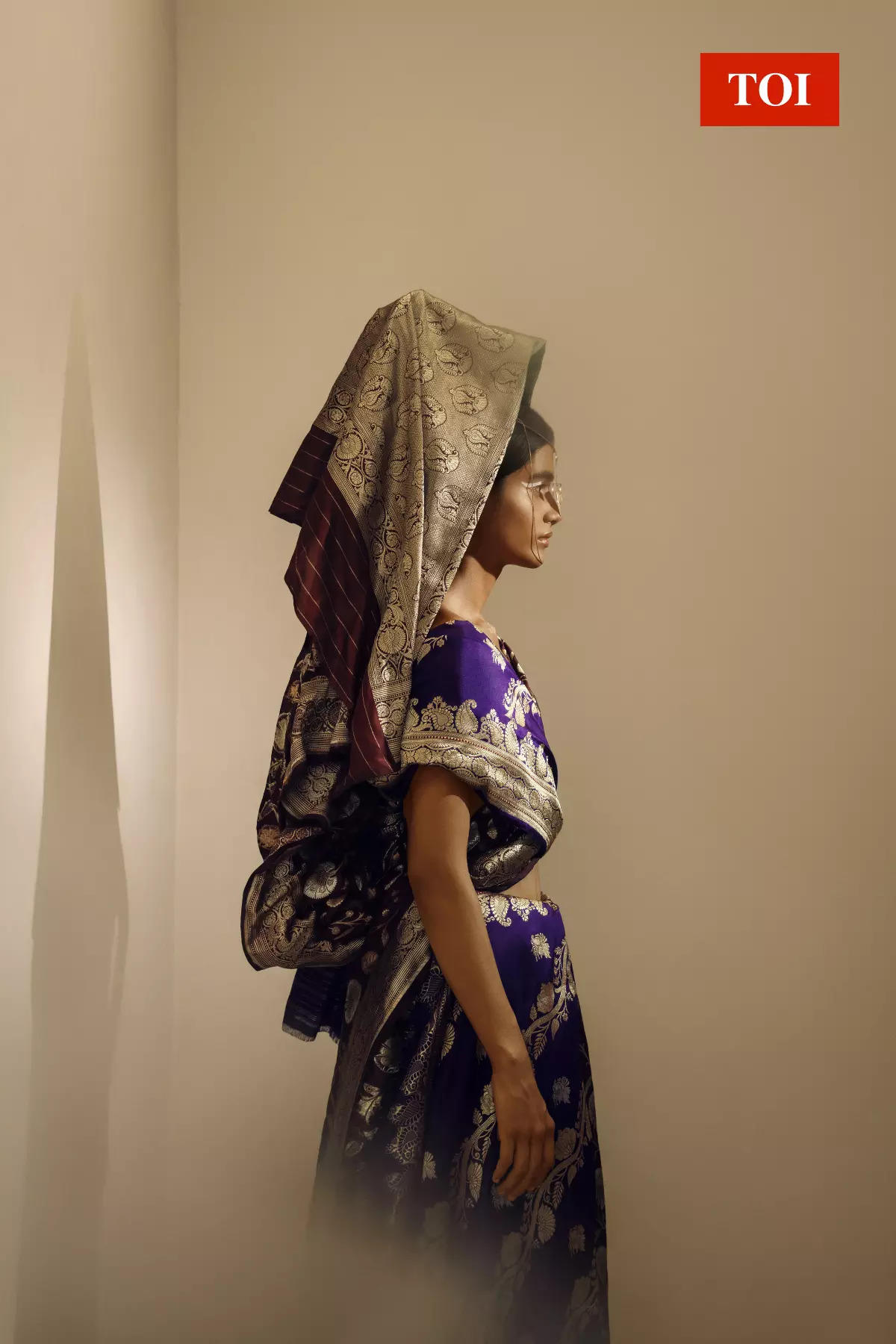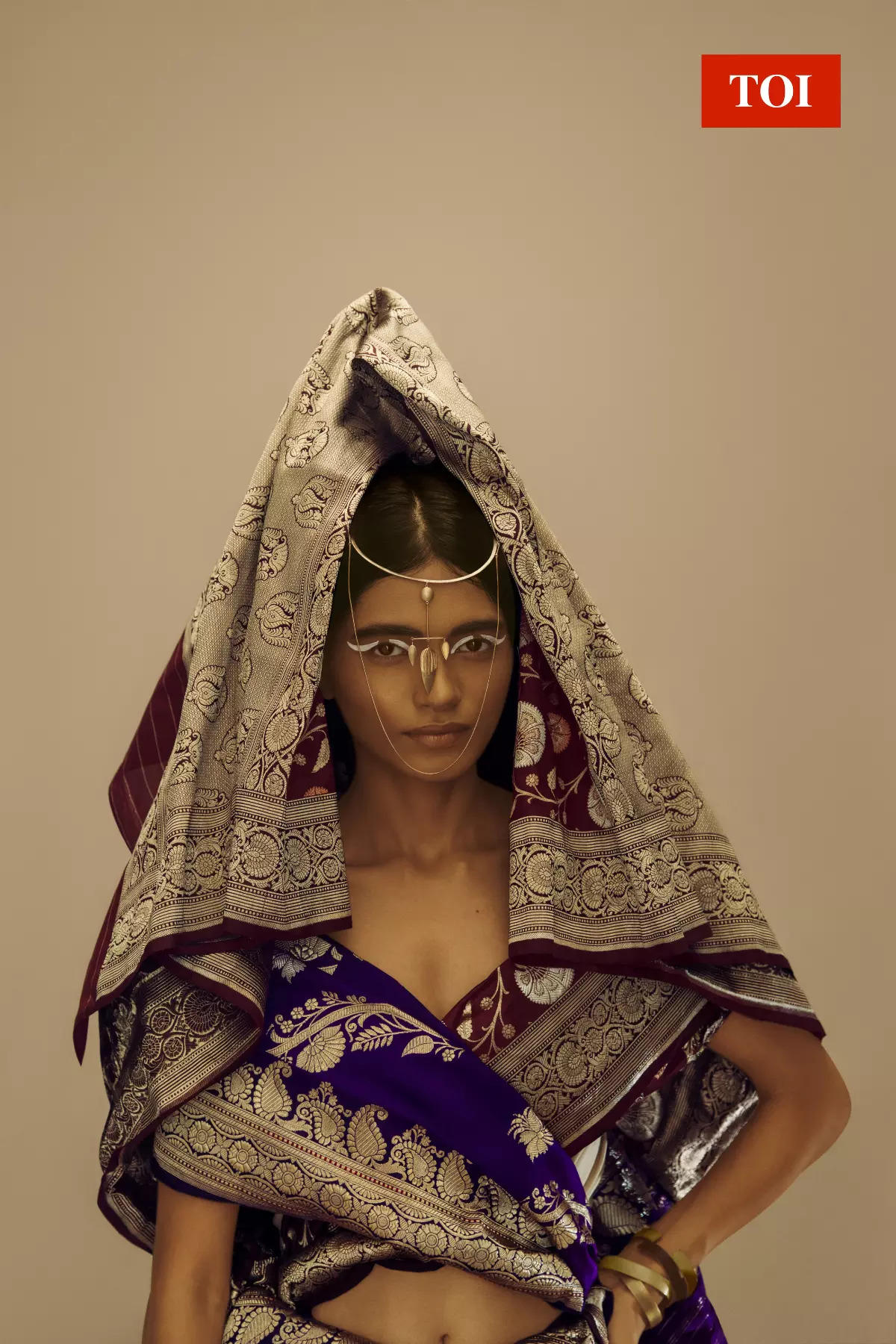
History of Benarasi sari
Benarasi weave finds its mention in Rig Veda, which was written in 2000 BC. The Vedas mention that Gods and Goddesses wore silk cloth intertwined with gold threadwork. The Benarasi silk was also popular during the time of Gautam Buddha when he renounced all the worldly pleasure and gave away his silk robe for the humble cotton. The Buddhism connection of the weavers can still be seen in the Benarasi saris which they make as the brocade work features Tibetan motifs. Around the 14th century, during the Mughal reign, weaving work on silk with gold and silver thread became the specialty of Benaras. In 1603, there was a major famine in Gujarat and the weavers from that part of the country shifted to the city of lights.

Types of Benarasi sari
Benarasi sari can take around 15 to 30 days or even six months to complete, depending on the intricacy of the gold and silver threadwork done on it. There are four varieties of Benarasi saris. They include pure silk or Katan, organza with zari and silk, georgette, and shattir. These saris are also named according to the design work done on them. They are called Jangla, Vaskat, Tanchoi, Cutwork, Butidar, and Tissue.

Saris are quintessentially draped in a particular manner. But for this special edit of ours, we draped two Benarasi saris together and styling them in an unconventional way.
Credits
Words, Creative direction and styling: Akshay Kaushal
Photographer: Abhishek Shrivastava
Hair and makeup: Amita Juneja
Model: Dipti Pawar (Anima Creative Management)
Wardrobe: Chinaya BanarasAccessory: Bakajewelry
Retoucher: Lidia Stolyarova


